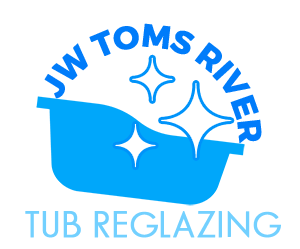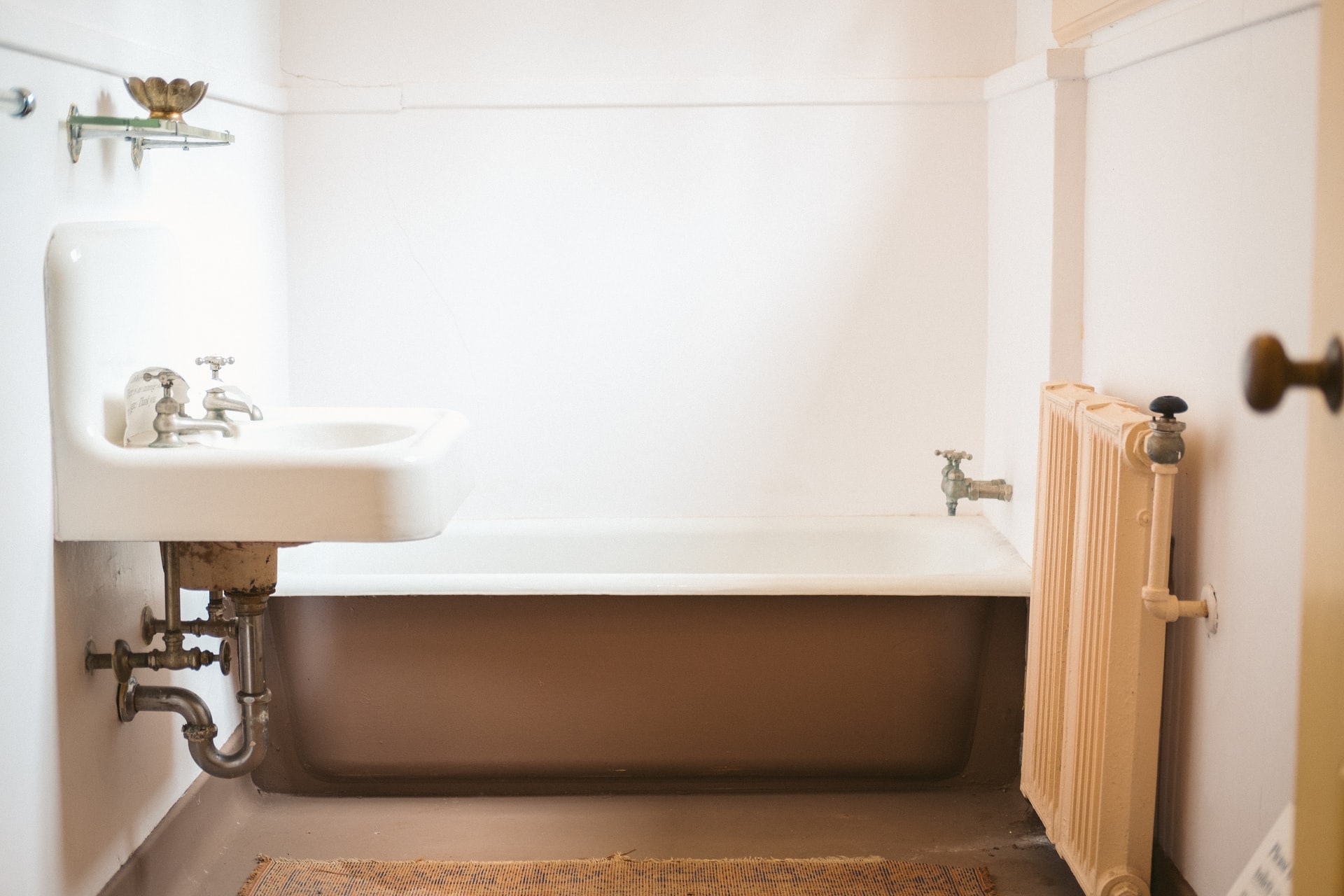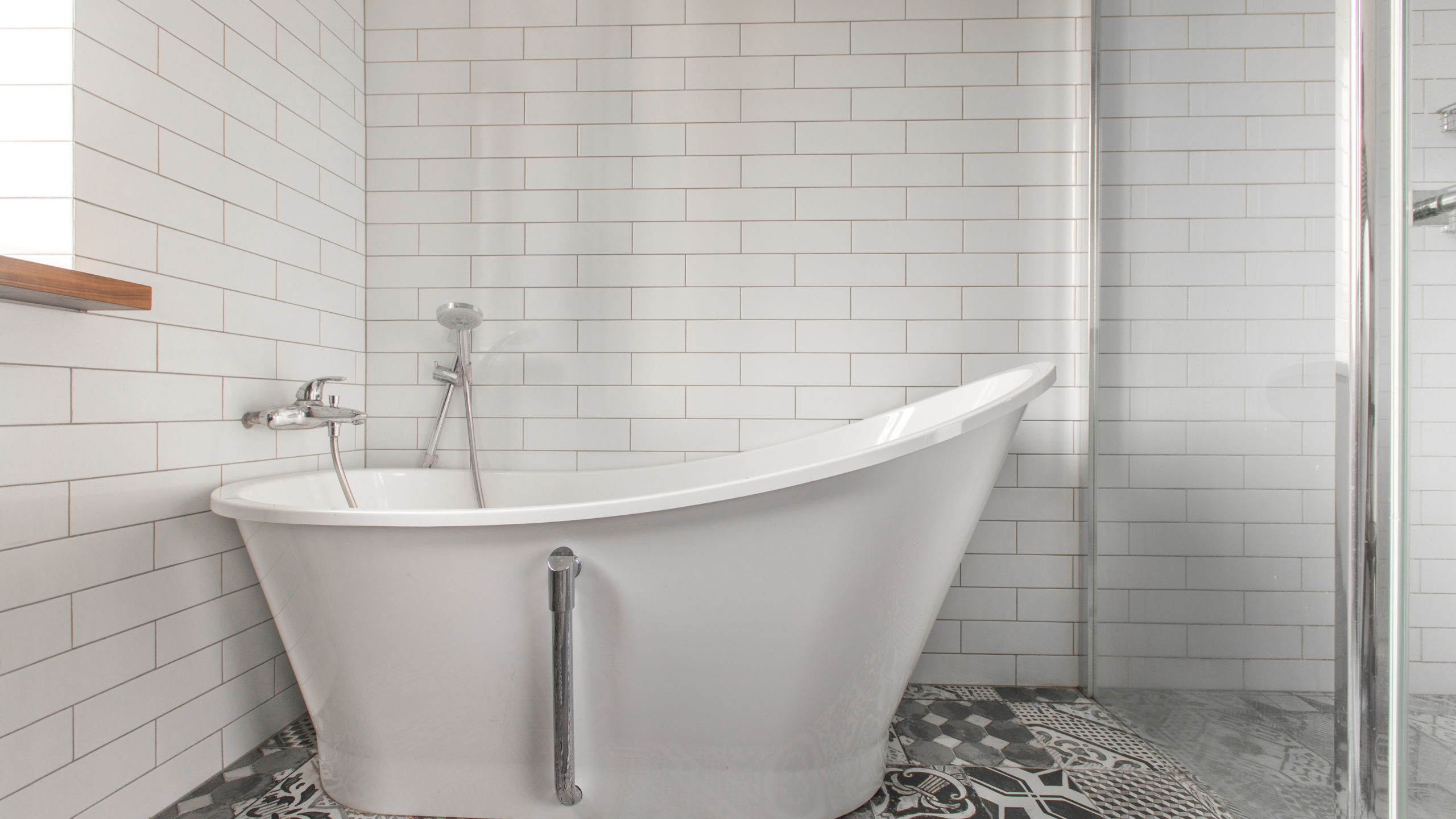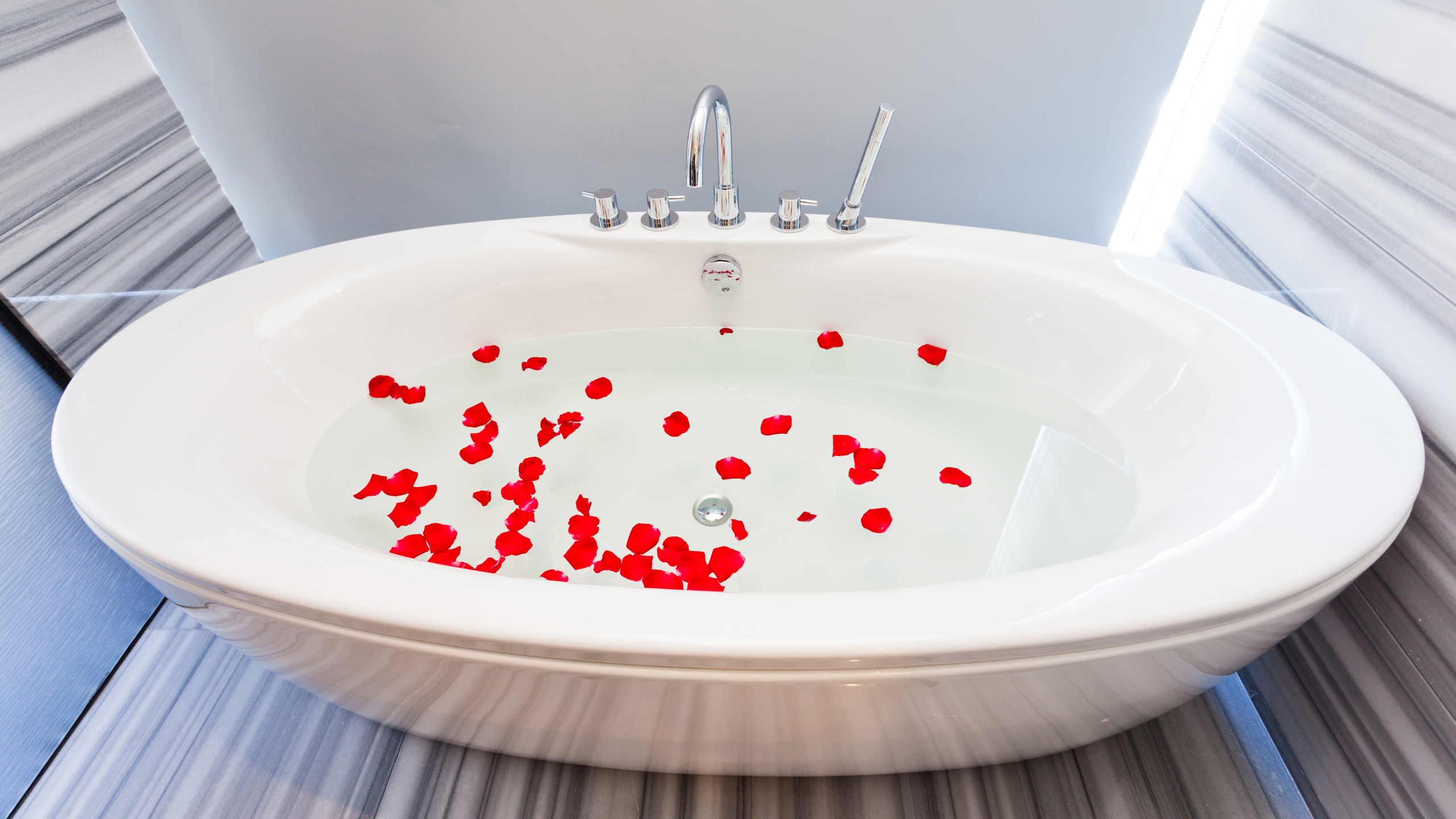If you are planning to replace your bathtub or if your drain fitting is already severely corroded and needs replacement, learning how to remove a tub drain is a necessary plumbing skill you must have.
The drain fitting is a metal basket-like piece that has a lip or flange at the top and a body with threads on the outside. It is screwed into the elbow of a horizontal length of pipe that extends toward the end of the tub, and is ultimately tied into the drainpipe assembly.
Inside most drain fittings, there are two metal crossbars forming an “X”. This is placed to prevent items from falling into the drain. These crossbars are also what make it possible to remove the drain using tools like a plug wrench or pliers.
A plug wrench is a small wrench that is milled to fit the crossbars of two or more different sizes of drain. It is a handy tool to have, especially if you expect to remove your tub drain more than once.
Meanwhile, pliers are the best substitute if you don’t have a plug wrench. It is a set of needle-nose locking pliers that are small enough to reach into the drain and through the cross. Once the locking pliers are secured, use a pair of standard pliers to turn the locking-pliers and loosen the drain.
But if your drain does not come with a crossbar, you will need to use a tub drain extractor. It has a conical shape and helical knurls that grip the metal wall on the inside of the drain fitting.
You might be interested: Your Fool-Proof Guide on DIY Bathtub Refinishing
Ready to remove your tub drain? Here are the tools and equipment you will need:
- Small, flat-head screwdriver
- Plug wrench
- Adjustable wrench
- Locking needle-nose pliers
- Standard pliers
- Rags
Step 1: Remove the Tub Stopper or Screen
The first thing you will have to do is to remove the drain stopper or screen to gain access to the tub’s drain fitting. To do this, simply pry underneath the screen using a small flat-head screwdriver to pop it off.
However, if the tub does not have a screen, it is likely to have a stopper set into the drain opening. How you will remove it depends on the kind of stopper you have. You can remove stoppers that open and close by moving the stopper itself by unscrewing it from the drain.
Meanwhile, stoppers with a lever mechanism may have a metal rocker arm that extends through the horizontal portion of the tub drain pipe. To remove this, just gently pull the stopper and rocker arm from the drain.
Step 2: Remove the Drain With a Plug Wrench
It is time to get into action! Once you pop off the tub stopper or screen, you may now insert the end of the plug wrench into the drain opening. Make sure that the tines on the wrench fit onto the crossbars of the drain.
And since most plug wrenches have more than one size of head, you need to use the head that makes the snuggest fit.
Turn the plug wrench counterclockwise with a large adjustable wrench or tongue-and-groove pliers to loosen the drain. Then, unthread the drain all the way once it is loose enough.
Alternative: Remove the Drain With Locking Pliers
If you have locking pliers instead of a plug wrench, insert a pair of locking needle-nose pliers into the drain opening as far as jaws will go. Then, ensure that the jaws are on opposite sides of the crossbars, over the center of the “X”. Clamp the locking pliers until they grip the crossbars tightly.
To hold it in place, grip the locking pliers with a set of standard pliers. Make sure to grab as low as possible on the locking pliers so that they will not interfere with the locking action.
Then, slowly turn the pliers counterclockwise. After a few rotations, the tub drain will be loose enough so you can set aside the second set of pliers and turn the locking pliers by hand.
Pro tip: If you are having a hard time turning the flange, use a hairdryer or a heat gun to apply heat on the flange over several minutes. Doing so will soften the old plumber’s putty that may have hardened within the threads, thereby making it easier to turn the flange.
Step 3: Clean the Drain Opening
Use a flat-headed screwdriver or a putty knife and a rag to remove the old ring of plumber’s putty around the drain opening. Make sure that the old putty will not fall into the drain because it could clog your drain.
Finally, wipe off any rust or gunk using rags with cleaning products. Then, clean the tailpiece threads with a toothbrush. In case the drain is blocked, remove the hair using the zip-it drain tool. Then you are set and ready to install the new flange or tub drain.
Bonus tip: If you are replacing the old tub drain with a new one, take the old piece to the store so that you can get the right replacement part. Bathtub reglazing and refinishing can be a daunting task for homeowners.
Professional bathtub reglazing can take days, but JW Toms River Tub Reglazing will have your tub looking like new again in just one day!
Our professional bathroom remodelers are experts at restoring damaged tubs back to their original beauty. We use state-of-the-art equipment to remove old finishes and apply our custom formulated acrylic coating that produces an ultra-smooth surface with vivid colors that last for years.
With years of experience, we guarantee you’ll love the results when you choose us for bathtub reglazing services in NJ. Bathtubs are one of those things that people take for granted until they look at them closely and realize just how bad their current situation is.
If this sounds familiar, give us a call today at (848) 227-9003 to schedule an appointment with our team!




